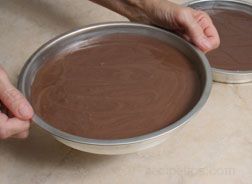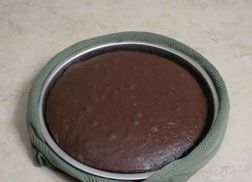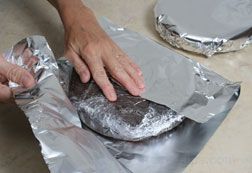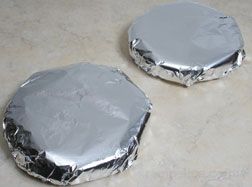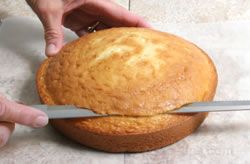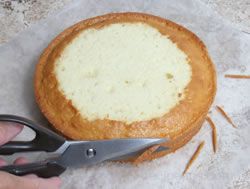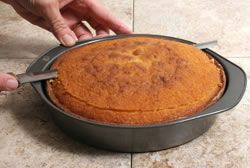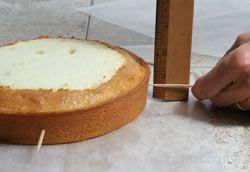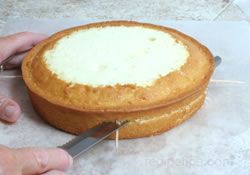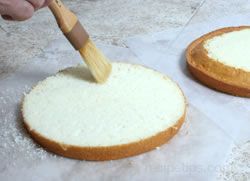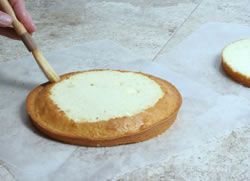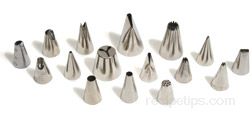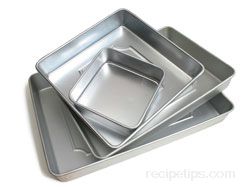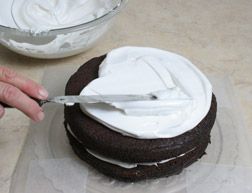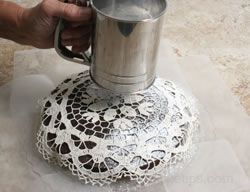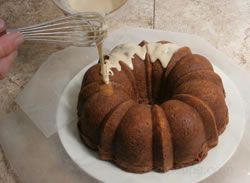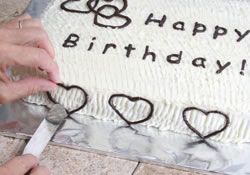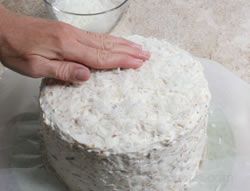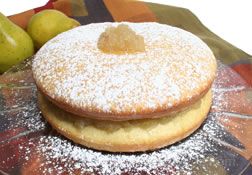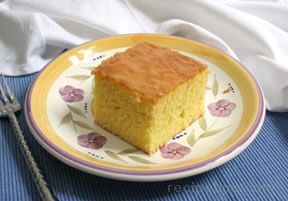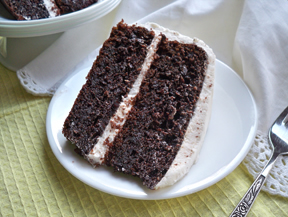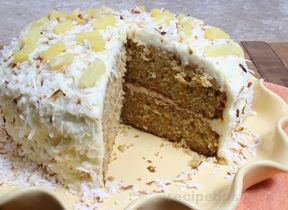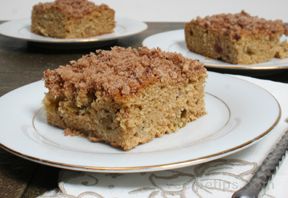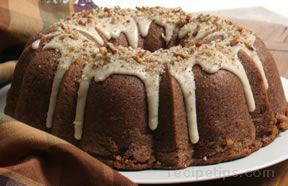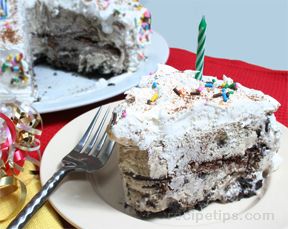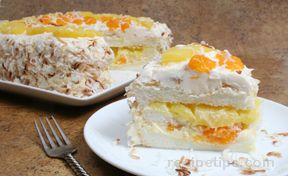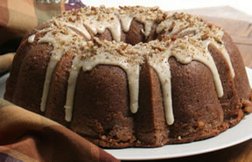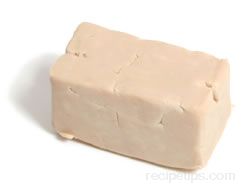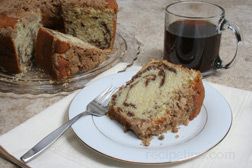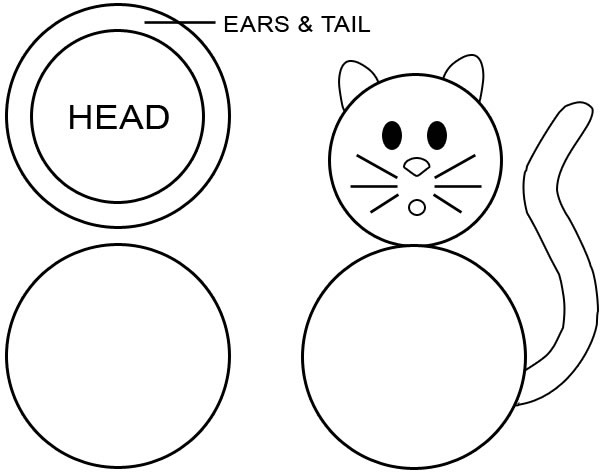|
Baking a Flat Cake | Cake Baking Tips | Freeze Cake Before Decorating | Leveling-Trimming-Torting
| |||||||||||||||||||||||||||||||||||||||||||||||||||||||||||||||||||||
Loading
Cake Preparation

Read Reviews (0)

Provided By
RecipeTips
RecipeTips
Proper cake preparation is the basis for a well decorated cake, but before you begin to prepare the cake the proper cake pan preparation should be done. Check your cake recipes for instructions on how to prepare the cake pans because preparation may vary for different cakes.
When you begin the cake decorating process, it is best to start out with a cake that is level and has a flat top. It is important that each layer of a layered cake is as flat as possible and even in thickness. There are a couple of steps that can be taken to help the cake bake with a flat top. If the cake does bake with a domed or rounded top, you can still level it to create a flat cake.

Loading
There currently aren't any reviews or comments for this article. Be the first!
Advertisement
Advertisement




